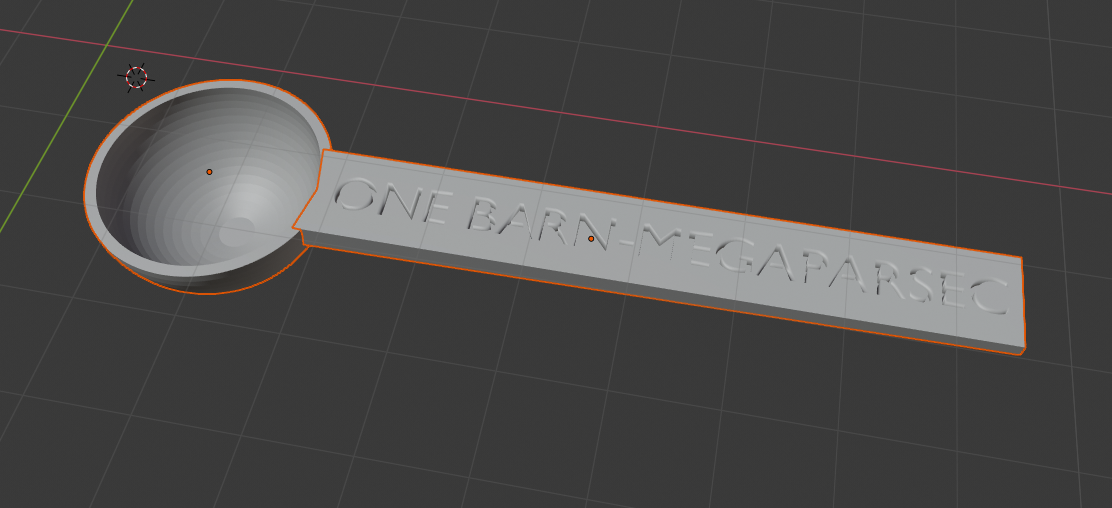This is a fun one, a bit of art-meets-science, which I’m finding myself doing more and more of these days, seemingly by accident.
A chat on twitter with an online friend about aurora on other planets spiraled a little, and now there’s two different projects on the go, from literally opposite ends of a spectrum.
Gahlord Dewald is a Hawaii based experimental musician, mainly double bass and old-school (literally circuit-design) electronics driven. In his own words, he “operates along several axis: improvised to composed, acoustic to electronic, beat structure to chaos”.
I can play the bass intro to “Little Green Bag” on a guitar. Badly.
But we both love a bit of starlight (Scotland and Hawaii both have that in abundance), and starlight is really interesting to compare to music. Everyone is familiar with a rainbow? A nice continuous spectrum of the visible frequencies of light, from violet through blues, greens, orange and red…some people can even detect slightly further, for example into the UV…if you’ve ever thought flowers at dusk looked brighter than they should, you might have been picking up the ultraviolet they reflect.
But the light from the Sun isn’t that perfectly continuous spectrum, it has very particular gaps, which appear as black lines….like this

Public domain, via Wikimedia Commons user https://nl.wikipedia.org/wiki/Gebruiker:MaureenV
So we have a spectrum, measured in nanometers (a billionth of a metre) with particular lines missing. These lines occur because of the way individual atoms absorb and emit light, and it’s not just limited to the Sun. All stars do this…and clouds of interstellar gas, and the atmospheres of planets, and, in principle, the accretion disks around black holes.
Most modern astronomy is built on this idea: we can work out how abundant various elements are in anything we can see a bright light from. It’s incredibly useful.
But music…have a look at those wavelengths, in nanometers, again. Convert the nanometers to Hertz (“cycles per second”) and it’s bang in the middle of the human hearing range. So you can, mostly unscientifically, just “play” a spectrum. And it turns out to sound….interesting.
Gahlord is working on his own version from a very musical angle, with the beautiful name “Timbre Of Starlight“. I’m being far less artistic, and trying to stick to the raw data as much as possible, with a “playable keyboard” of the stellar elements. It reminds me of the Edinburgh University Design Informatics “Space And Satellites” art/science crossover project I was recently involved in, where we had a constant battle between “pretty” art and ensuring the originating data was justifiably represented (something the other artists, weavers, glassworkers etc also struggled with).
More to follow, both works very much in the initial stages













































































































































































































